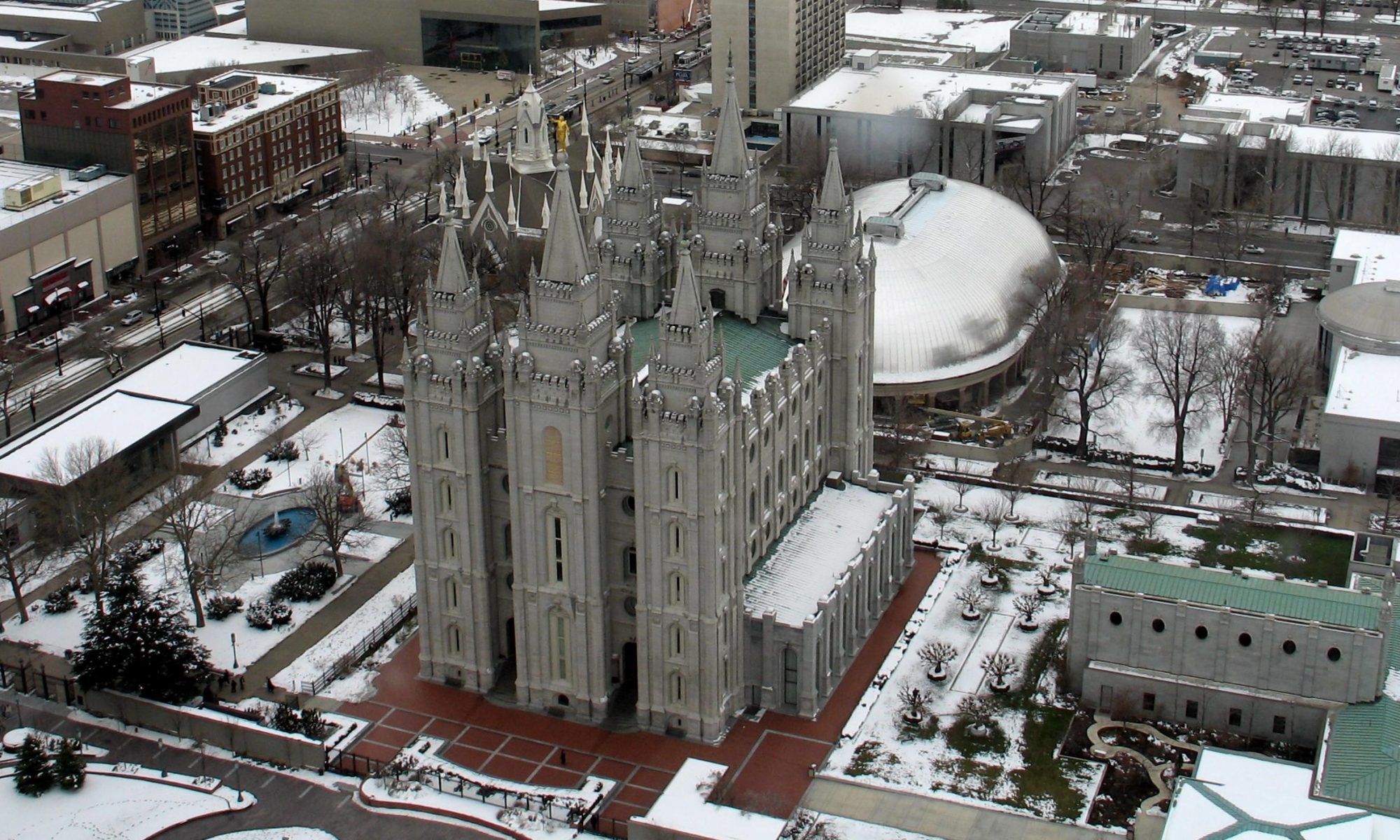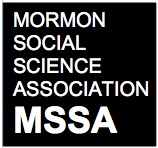Q: I am frustrated because lots of searching through the books I have, including the Mormon Encyclopedia, is not telling me when the program of using youthful males as missionaries became the norm within Mormonism. An article in the Encyclopedia mentions that initially the missionaries were usually married men who left their families for an unknown period. I know that the earlier format for studies with people by the young missionaries was published about 1960. But when did the two-by-two youthful ones originate, and what were the patterns between the “first generation” married men and the when the study format was published? If you know the answers to this set of questions I would be most grateful to have them, please.
A: Several members of the MSSA responded to this question.
Jan Shipps wrote:
In my own general research, the first mention I saw of the shift to young men came not long before World War II. I know that at the first of the war in Europe, the First Presidency was very much concerned about making sure that the American missionaries in Germany and other parts of continent could get home safely. There were lots of questions about whether missionaries would be drafted during World War II. But that does not tell us a lot.
Jonathan Stapley wrote:
The chapters in Mormonism: A Historical Encyclopedia by Reeve and Parshall on “Mormonism and Transition” and “Missiology” may be helpful. Additionally, Payne’s article on sister missionaries in New Scholarship on Latter-day Saint Women in the Twentieth Century will also be helpful.
David Heap wrote:
My mother was a missionary in the Northern States Mission around 1953, 54. She said there were a few married elders, called because of Korea. But she understood that was the last of them, and that early on the McKay Administration decided to end the calling of married brethren to serve missions. I am not sure on what basis she said that (she is now deceased)–whether it was common knowledge, or whether she learned from President McKay himself or his son, who was my mother’s uncle.

